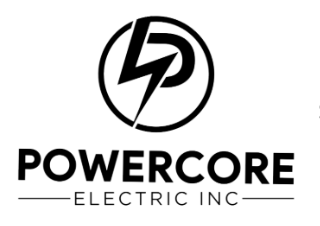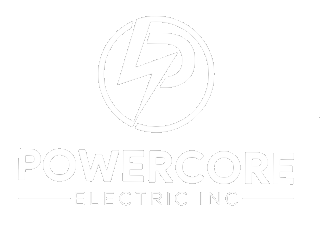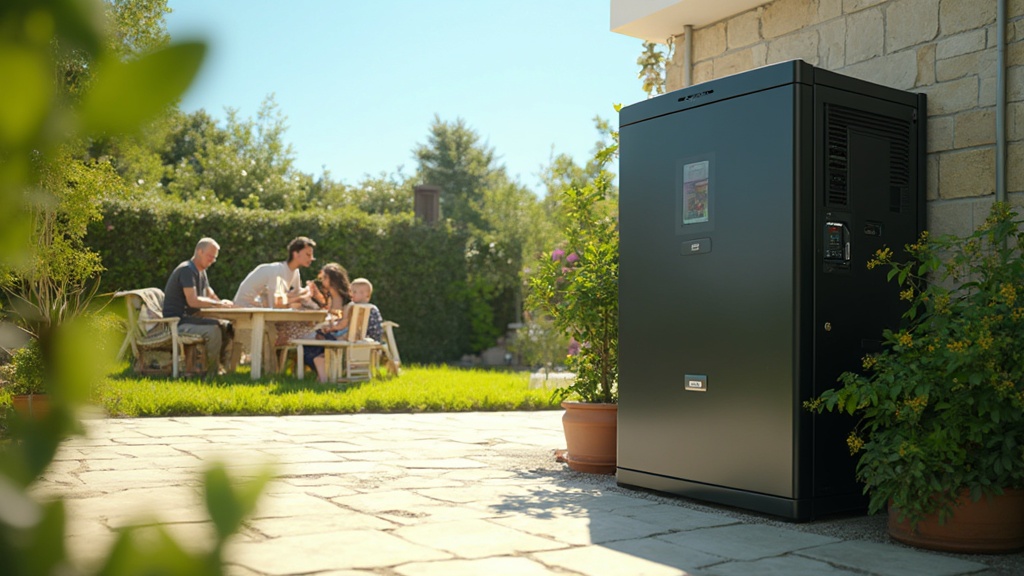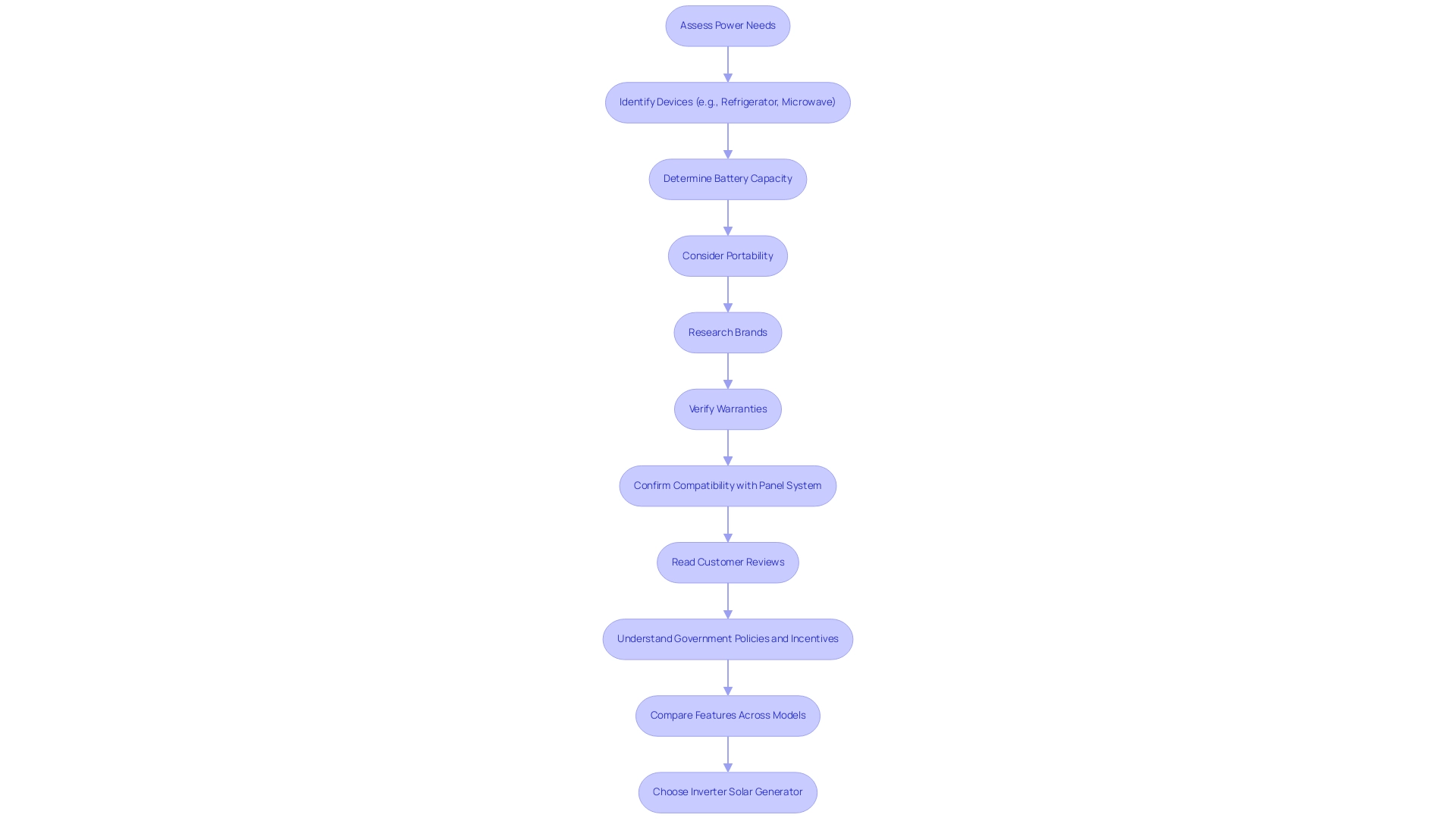Overview
Inverter solar generators are practical devices that convert solar energy into usable electricity for home appliances, with the added benefit of battery storage for surplus power. The article emphasizes their advantages over traditional generators, including lower emissions, quieter operation, and reduced maintenance needs, making them an appealing choice for environmentally conscious homeowners looking for reliable energy solutions.
Introduction
As homeowners increasingly seek sustainable and efficient energy solutions, inverter solar generators have emerged as a game-changer in the realm of renewable energy. These innovative devices not only convert sunlight into usable electricity but also store excess energy for later use, making them perfect for both everyday living and emergency situations.
With the rise of eco-consciousness and advances in solar technology, understanding how these generators work, their benefits over traditional options, and the key components involved is essential for anyone looking to embrace a greener lifestyle.
This article delves into the world of inverter solar generators, exploring their practical applications, advantages, and tips on selecting the right one to meet individual energy needs. Whether it’s for powering essential appliances during an outage or enjoying the great outdoors, inverter solar generators are paving the way for a more sustainable future.
What is an Inverter Solar Generator?
An inverter solar generator is an excellent option for environmentally aware homeowners seeking to utilize solar energy in a practical manner. It converts the direct current (DC) electricity generated by photovoltaic panels into alternating current (AC), the type most home appliances depend on. But that’s not all!
These devices often come equipped with a battery storage system, allowing you to save any surplus power for later use—ideal for those sunny days when you produce more electricity than necessary. When choosing a battery for renewable energy, consider key factors such as:
- Capacity
- Efficiency
- Lifespan
- Price
- Ecological benefits
to ensure optimal performance. For instance, popular options like the Tesla Powerwall offer high capacity and efficiency, while the LG Chem RESU is known for its compact design and long lifespan.
Crafted with efficiency as a priority, inverter solar generator systems are especially appealing for individuals keen to maximize the use of renewable energy sources. As we anticipate 2024, the market for these innovative devices is projected to expand considerably, with Wood Mackenzie predicting that the US renewable energy sector will install 40.5 GW in 2024. Companies like Bluetti and Anker Solix are leading the way in portable charging solutions, showcasing advancements such as GROWATT’s infinity 1300, which works seamlessly with the SmartGro application, allowing users to operate the generator with convenience and ease.
Furthermore, tackling issues in shaded properties and utilizing AI advancements from Silicon Valley can enhance power efficiency. In 2023, the U.S. imported equipment for renewable energy valued at over $4.6 billion, highlighting the growing demand for such solutions. With the appropriate inverter solar generator and a carefully selected battery, you can enjoy the advantages of renewable power while keeping your home energized and efficient.
Advantages of Inverter Solar Generators Compared to Traditional Generators
Inverter solar generators are an excellent choice for residential use compared to traditional gas generators because they operate quietly, ensuring your peace is not interrupted. Not only are inverter solar generators more efficient, but they also provide a clean power solution—producing zero emissions and significantly reducing your carbon footprint. This is vital, particularly given that while renewable power systems are nearly emission-free, some environmental impact can occur during their production.
By opting for an inverter solar generator, you aid in promoting cleaner power usage at home, assisting in safeguarding our planet.
These devices are also engineered to operate longer on a single charge, due to their dependence on renewable solar power. This signifies less frequent recharging and ultimately reduced costs for you. Homeowners who require trustworthy backup power will find that an inverter solar generator is both cost-efficient and reliable over time.
Moreover, with reduced maintenance needed compared to conventional gas alternatives—often requiring only infrequent inspections—you save money and evade the inconvenience of maintenance. Furthermore, combining solar technology with Tesla home chargers can improve your power efficiency, enabling you to charge your electric vehicle using clean power. Additionally, numerous government initiatives provide incentives for homeowners switching to renewable sources, making it more affordable than ever to invest in these systems.
The environmental benefits are significant, too. The statistic that conventional energy sources have a POCP of 0.83 g C4eq/kWh reinforces the benefits of transitioning to photovoltaic systems. If you’re considering a sustainable change, eco-friendly power systems are a smart investment for both your finances and the environment.
As highlighted by industry experts, the efficiency and environmental perks of these systems are not just benefits—they’re a step towards a more sustainable future for your home.
Key Components of Inverter Solar Generators
When exploring the realm of power-generating units, it’s crucial to acquaint yourself with their key elements, such as:
- An inverter solar generator
- Photovoltaic panels
- A power converter
- A battery storage system
- A charge controller
Solar panels play a crucial role by capturing sunlight and converting it into usable electricity. Understanding how solar panels work involves recognizing their photovoltaic cells, which generate direct current (DC) electricity when exposed to sunlight.
The inverter solar generator converts this DC into alternating current (AC), which is what your home appliances require. The inverter solar generator includes a battery storage system that serves as your power reserve, storing surplus electricity for those cloudy days or evenings when the sun isn’t shining. Lastly, the charge controller serves as the guardian of your inverter solar generator system, regulating power flow to prevent overcharging and ensuring everything runs smoothly. With the global photovoltaic (PV) power capacity growing by a remarkable 447 GW in 2023—bringing the total to 1,624 GW—and with top installers being China (253 GW), the U.S. (32.4 GW), and Brazil (15.4 GW), understanding these components is more crucial than ever.
States such as CT, DE, DC, IL, MD, NJ, OH, and PA have SREC programs offering incentives for environmentally aware homeowners, making renewable energy more accessible and financially advantageous.
As Fenice Energy aptly puts it, they provide devices that operate effectively in your local climate, highlighting the necessity for customized solutions. Additionally, many inverter solar generators feature automatic load-sensing to manage idling and power consumption, which can lead to issues with small loads not triggering the inverter solar generator. Inverter solar generators with an always-on setting can accommodate low-power devices, though this may increase overall system costs.
To select the best energy storage battery for your system, consider factors such as:
- Capacity
- Depth of discharge
- Cycle life
Lithium-ion batteries, for example, are popular for their efficiency and longevity, while lead-acid batteries may be more cost-effective initially. By understanding how these components connect and taking into account important aspects like financial advantages, such as possible reductions on utility expenses and accessible tax incentives, along with the newest developments in photovoltaic technology, you’ll be better prepared to select the appropriate power source and battery system that fulfills your consumption requirements while aiding in a sustainable future.
Practical Uses of Inverter Solar Generators
Inverter solar generators are extremely adaptable, making them perfect for different situations, from camping excursions to outdoor activities, and even as backup energy during unforeseen outages. Their ability to power small appliances, charge electronic devices, and illuminate spaces makes them a valuable asset for eco-conscious homeowners. With lightweight designs like the Anker SOLIX F2000, which provides over 2 kWh of power storage and includes a rollable structure with a collapsible pull handle and durable wheels, these devices are ideal for those adopting renewable solutions in their daily lives.
Additionally, the Bluetti AC300 + B300, weighing 132 lbs, exemplifies the balance between portability and power. Looking ahead to 2024, demand for portable power devices is anticipated to increase considerably, with more outdoor enthusiasts choosing clean alternatives. Key players in the market, including:
- Jackery Inc.
- EcoFlow Inc.
- SolSolution
- Bluetti
are actively contributing to this growth and innovation.
Real-world examples demonstrate the practicality of inverter solar generators—whether you’re enjoying a weekend getaway or preparing for emergencies, they provide dependable power when you require it most. Moreover, for Long Beach renters, exploring options like Tesla home chargers and government programs can further enhance access to eco-friendly power solutions. Comprehending the advantages of panel shingles, which can integrate seamlessly into roofs while offering power generation, is essential.
Moreover, heating systems provide both financial and ecological benefits, delivering efficient heating options that decrease dependence on conventional power sources. By utilizing these technologies, Long Beach renters can not only lower their energy bills but also contribute to a sustainable future.
How to Choose the Right Inverter Solar Generator for Your Needs
Choosing the right inverter solar generator can feel a bit overwhelming, but it doesn’t have to be! Start by assessing your power needs—think about the devices you’ll be using and how long you need them to run. For instance, if you wish to power a refrigerator, a microwave, or even your preferred devices, you’ll require a machine with adequate wattage to support those appliances.
Remember, the average wattage requirements for common household items can vary, so it’s good to do a little homework here.
Battery capacity is another critical factor. A higher capacity means you can enjoy longer usage times without worrying about recharging too soon. If you’re planning to take your power source on trips, weight and portability come into play.
You want something that’s easy to transport without sacrificing performance. For example, consider the Smart Power Unit 4000, which functions at a noise level of 70 dB at a distance of 7 meters, making it a quieter choice for home use.
Regarding pricing, hybrid energy systems can vary from $300 to $3,000 based on their capacity and characteristics. It’s essential to establish a budget that corresponds with your energy requirements and usage strategies.
Moreover, explore EcoFlow’s hybrid power system and renewable energy solutions, which provide improved efficiency compared to conventional gas-powered units—an essential factor for environmentally aware consumers. Grasping expenses and optimal methods is essential, particularly for individuals aiming to incorporate renewable energy solutions into their residences efficiently.
Optimal approaches for choosing an energy source include:
- Researching various brands
- Verifying warranties
- Confirming compatibility with your panel system
Don’t forget to dive into customer reviews! They can provide valuable insights and real-world examples of how others have benefited from their inverter solar generators.
Plus, comparing features across different models can help you find the perfect fit for your eco-friendly lifestyle. Furthermore, understanding government policies and financial incentives, such as tax credits or rebates for solar energy installations, can also influence your decision-making process. With all these considerations in mind, you’ll be well on your way to making an informed choice that suits your needs.
Conclusion
Embracing inverter solar generators offers a remarkable opportunity for homeowners to harness renewable energy while enjoying numerous benefits. These devices not only convert sunlight into usable electricity but also provide a reliable backup power source during outages, making them an essential addition to any eco-conscious home. By understanding their key components—such as solar panels, inverters, battery storage systems, and charge controllers—individuals can maximize the efficiency of their energy systems and make informed decisions about their setup.
The advantages of inverter solar generators over traditional gas options are clear. They operate quietly, produce zero emissions, and require minimal maintenance, all while reducing energy costs. As the market for these innovative generators continues to grow, homeowners can capitalize on government incentives to make the switch to clean energy more affordable than ever.
When choosing the right inverter solar generator, it’s crucial to assess specific energy needs, battery capacity, and portability. By considering these factors and researching various models, individuals can find the perfect solution to suit their lifestyle, whether for everyday use or outdoor adventures. Ultimately, investing in inverter solar technology is not just a step toward a more sustainable future; it’s a commitment to protecting the planet and enjoying the benefits of clean, efficient energy in daily life.



